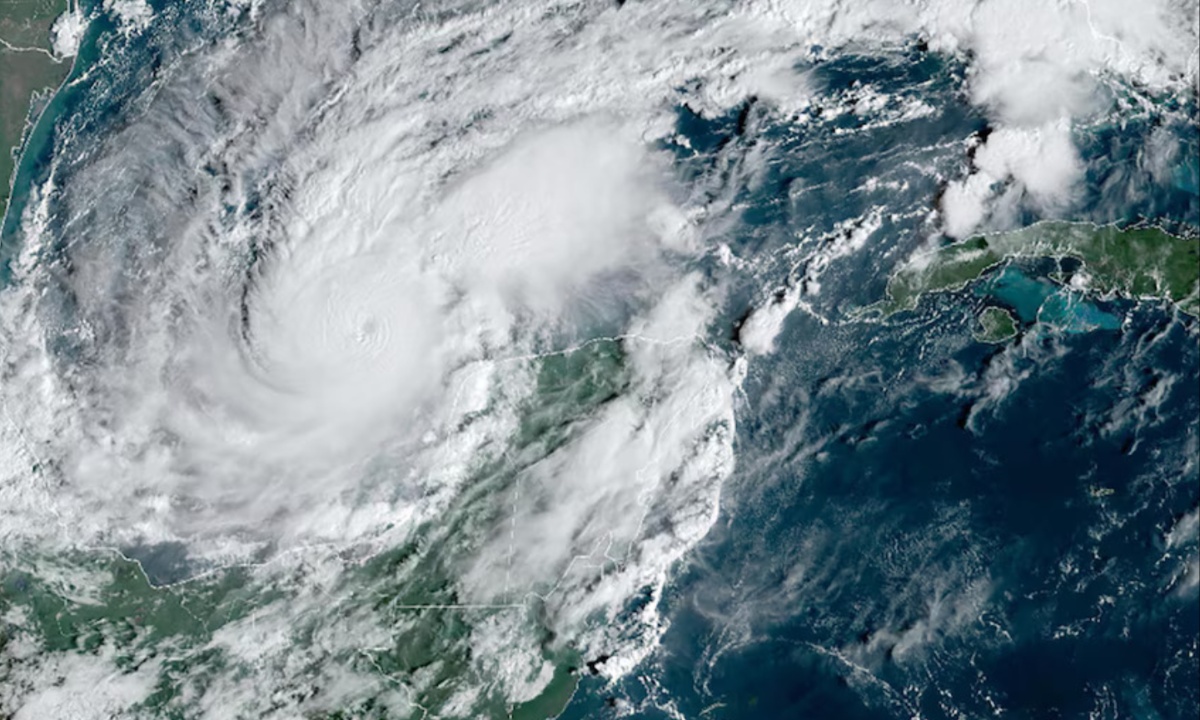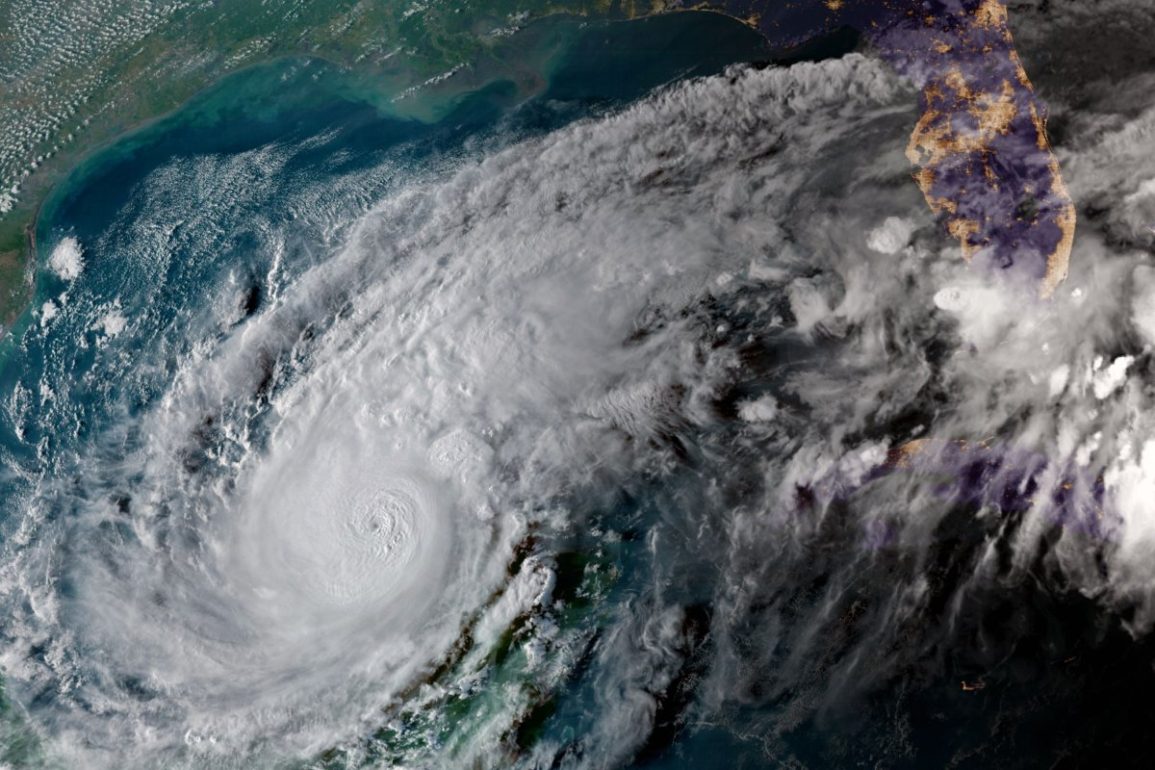Hurricane Milton is currently threatening west-central Florida, with predictions that it could become one of the most destructive hurricanes on record for the region. As the storm approached landfall, its intensity fluctuated, with sustained winds reaching up to 180 mph, which briefly categorized it as a Category 5 hurricane—the highest on the Saffir-Simpson Hurricane Wind Scale.
However, it was downgraded to a Category 4 storm by Tuesday morning. These rapid changes in strength have sparked renewed discussions about whether the hurricane scale needs to be updated, particularly in light of climate change, which is intensifying extreme weather events.
The debate centers around the possibility of introducing a Category 6 distinction to the current five-level scale, which categorizes storms based on their sustained wind speeds.
Some scientists, including Michael Wehner and James Kossin from the Lawrence Berkeley National Laboratory, have argued that climate change is making storms more extreme and that the current scale is insufficient to describe the increasing intensity of these events.

They suggest that a sixth category could help better communicate the risks of storms with wind speeds exceeding 192 mph. This concern is based on the observation that more intense storms are likely to become more common as global temperatures rise.
Despite these concerns, the National Hurricane Center (NHC) has stated that it has no plans to introduce a Category 6 designation. AccuWeather Chief Meteorologist Jon Porter also weighed in, arguing that adding another category might not significantly improve storm preparation or decision-making processes.
He emphasized that the current system, even without a sixth category, remains effective in conveying storm risks. Furthermore, although Hurricane Milton’s winds reached 180 mph, it did not meet the threshold for a hypothetical Category 6, which would require sustained winds above 192 mph.
The impact of climate change on hurricanes is already evident in the growing strength of these storms, although it hasn’t yet led to a marked increase in the number of hurricanes hitting the U.S. each year. Warmer ocean temperatures contribute to more intense evaporation, allowing hurricanes to gather more moisture and heat, thus strengthening them.
Additionally, rising sea levels exacerbate storm surges, pushing water further inland during hurricanes. While Category 5 hurricanes are still relatively rare, they are becoming more frequent, with 18 of the 42 such storms recorded since 2003.
As Hurricane Milton moves over the Gulf of Mexico, it is expected to weaken slightly before making landfall in Florida by Wednesday evening. However, it remains a highly dangerous storm with the potential to cause significant damage.
Milton’s path follows closely on the heels of Hurricane Helene, which recently wreaked havoc across the southeastern U.S., leading to catastrophic flooding and over 220 deaths. As Hurricane Milton approaches, experts continue to monitor its strength, and the broader conversation around hurricane categorization, climate change, and storm preparedness remains a crucial one.

